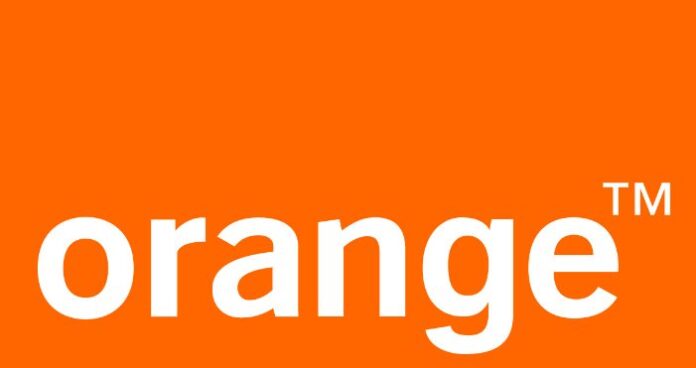Orange has made large-scale commitments to deploy Open RAN systems across its network footprint over the coming decade. Ahead of large-scale deployments, the operator has built an experimental network in Lannion, France, that uses Open RAN along with a cloud-native approach to 5G with a focus on using AI and ML for network automation.
To this idea of a “plug-and-playable” Open RAN system as part of a cloud-native network, one point of the value proposition is that operators can swap out vendors hardware and software for another standards-based option that may be better-suited to an organization’s needs. But what’s the reality of doing this?
“If you have set up a cloud infrastructure that is really capable to host in a very flexible way very different CNFs,” Orange’s Simon said, “if you have succeeded to put in place the right automation framework, and if you manage your network already with AI and so on, this means to some extent, you have created a lot of flexibility in your network. And, of course, you can use this flexibility to deliver quicker, you can use this flexibility to create new offers, have better TTM…But you can also use this flexibility to add or remote a component much faster or to swap a given component.”
Perhaps in reference to the number of qualifying “ifs” that go along with this process, he made clear: “This is not miraculous. The reality is that when you swap one vendor for another, then you start to have some difference in terms of the roadmap, …the capabilities, features…performance. So all of this needs to be assessed.” Just because the network has become cloud-native and physical infrastructure management has become simplified, don’t expect daily module swapping, he said. “We have elephants…to manage. Even virtual elephants stay, to some extent, elephants.”
Big picture (and as his title suggests), Simon is focused not just on Open RAN but on Open RAN as a way to bring more network data in an open AI/ML framework that will underpin network automation efforts. This efforts encompasses the radio network as well as other network domains.
“Open RAN creates new capabilities in terms of AI/ML…The real challenge is to create an AI/ML framework that is multi-domain, and that you can leverage for Open RAN. We talk about slices, we talk about energy consumption. All of this requires that you have data coming from each and every domain…It’s both technical and, I mean, kind of process transformation inside the company that is really vital if you want to do AI and ML.”
For more on Open RAN, register for the on-demand Open RAN Global Forum.


